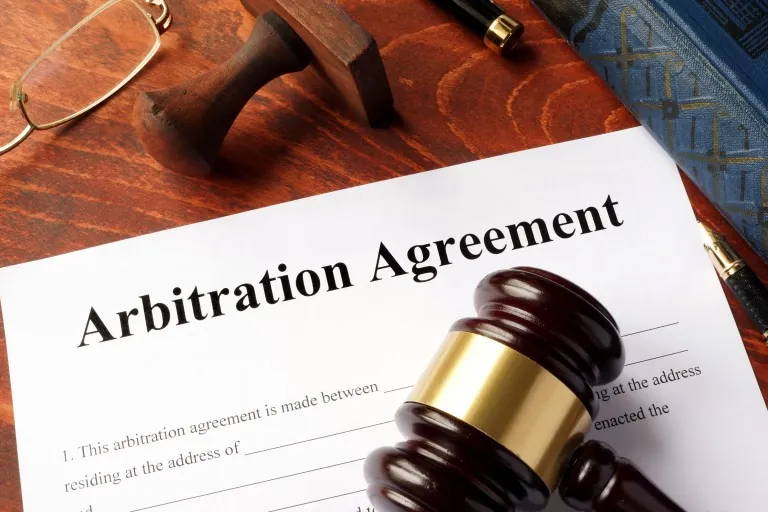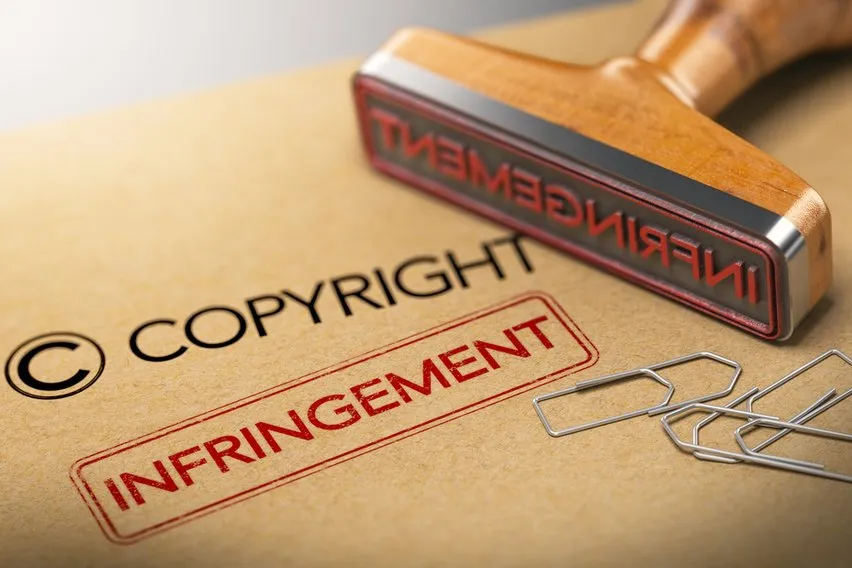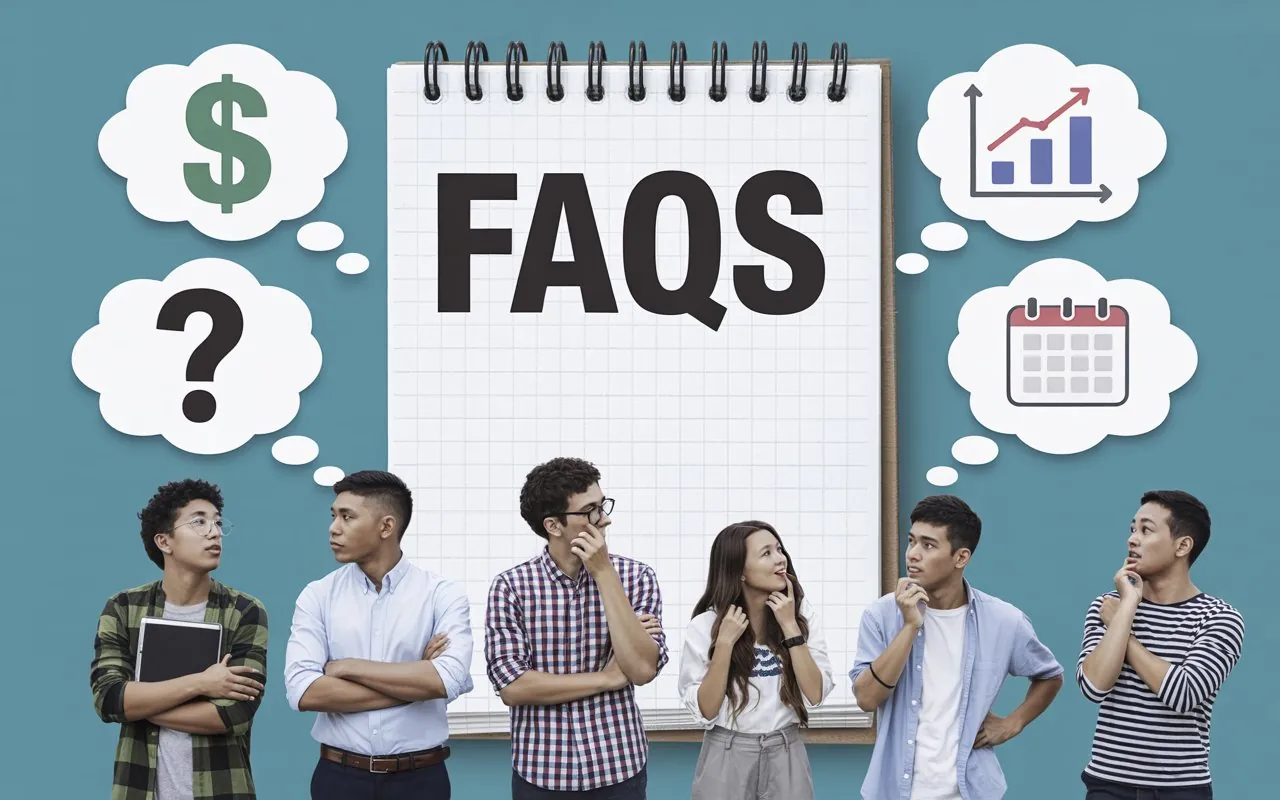Intellectual property (IP) conflicts can significantly impact businesses, creators, and innovators. Understanding intellectual property disputes resolutions and remedies is essential for anyone seeking to protect their creative or technological assets and resolve conflicts efficiently. This article covers the diverse mechanisms available from alternative dispute resolution (ADR) to court litigation sharing actionable advice and real-world examples designed to help you confidently manage IP disputes.
What Are Intellectual Property Disputes Resolutions and Remedies?

Intellectual property disputes resolutions and remedies refer to the legal and non-legal processes, along with corrective measures, used to settle disagreements arising from the ownership, use, or infringement of intellectual property rights. IP disputes may relate to patents, trademarks, copyrights, trade secrets, or licensing agreements.
Resolving these disputes effectively requires choosing appropriate procedures and understanding available remedies ranging from negotiated settlements to damages or injunctions awarded by courts.
Why Understanding Intellectual Property Disputes Resolutions and Remedies Matters
In an increasingly innovation-driven economy, IP disputes can stall product launches, tarnish brands, and drain financial resources. Knowing your options empowers you to assert your rights, avoid prolonged litigation, and preserve business relationships. The choice between litigation and alternative dispute resolution greatly influences cost, time, confidentiality, and the final outcome.
Common Methods in Intellectual Property Disputes Resolutions and Remedies
Alternative Dispute Resolution (ADR)
In the modern IP landscape, alternative dispute resolution methods like negotiation, mediation, and arbitration have become preferred due to their flexibility, confidentiality, and efficiency.
Negotiation

Often the first step, negotiation involves parties or their legal representatives seeking a mutually acceptable agreement without third-party involvement. It is informal and can lead to binding contracts that resolve the dispute amicably.
Example: Two software companies disputing a licensing fee may negotiate a revised contract avoiding costly litigation.
Mediation
A neutral mediator facilitates communication between disputing parties, helping them explore interests and reach a voluntary settlement. Mediation does not impose decisions; consent is key.
Why use mediation?
- Confidential proceedings protect trade secrets.
- Enables creative, customized solutions.
- Maintains or restores business relationships.
Arbitration

Arbitration involves submitting the dispute to one or more arbitrators who review evidence and issue a binding decision recognized by courts. It is more formal than mediation but generally faster and less costly than litigation.
Key benefits:
- Expertise: Arbitrators with technical knowledge can be selected.
- Finality: Arbitration awards are usually final and enforceable internationally.
- Speed: Proceedings can be expedited.
Litigation
When ADR fails or is unsuitable, parties resort to court litigation. Judicial proceedings provide public records and can set binding legal precedents that clarify IP law. Remedies include injunctions, monetary damages, and sometimes criminal penalties.
Considerations:
- Litigation is expensive and time-consuming.
- Litigation outcomes are public, potentially revealing sensitive information.
- Courts can impose penalties for willful infringements.
Common Remedies in Intellectual Property Disputes Resolutions and Remedies
Injunctions
Courts may issue injunctions to stop ongoing or imminent infringement, protecting your rights immediately and preventing further damage.
Monetary Damages
Compensation for losses due to infringement includes actual damages, lost profits, and sometimes statutory damages or punitive awards.
Account of Profits
Plaintiffs may seek an order requiring defendants to hand over profits earned from unauthorized IP use.
Declaratory Judgments
Courts may rule on the validity or infringement status of intellectual property, offering legal clarity.
Specific Performance and Contractual Remedies
When disputes arise from licensing or collaboration agreements, remedies may include enforcement of contract terms or damages for breach.
Types of Intellectual Property Disputes: A Closer Look
Patent Disputes
- Infringement: Another party uses, makes, or sells your patented invention without authorization.
- Invalidity Claims: Someone challenges the originality or novelty of your patent.
Trademark Disputes
- Infringement: Unauthorized use of a mark likely to cause confusion.
- Dilution: Use that harms the reputation or distinctiveness of a famous mark.
- Domain Name Conflicts: “Cybersquatting” or misuse of trademarked names in website addresses.
Copyright Disputes

- Unauthorized Use: Copying, distributing, or adapting protected works without permission.
- Moral Rights: Violations of an author’s right to attribution or integrity of their work.
Trade Secret Disputes
- Misappropriation: Theft, disclosure, or use of confidential business information obtained improperly.
Licensing & Contractual Disputes
- Breaches of terms in technology transfers, licenses, or collaboration agreements.
Advanced Resolution Mechanisms
Early Neutral Evaluation
A neutral expert assesses the merits of each side’s arguments at an early stage, providing realistic expectations and often encouraging settlement.
Summary Jury Trials
Simulated short-form jury trials provide a preview of litigation outcomes, prompting parties to settle with less risk and expense.
Multi-tiered Dispute Resolution Clauses
Contracts may require escalating levels: negotiation, then mediation, then binding arbitration or litigation if other efforts fail.
How to Choose the Right Intellectual Property Disputes Resolutions and Remedies
Assess Your Priorities:
- Confidentiality: Prefer ADR to keep details secret and safeguard business interests.
- Cost & Speed: ADR methods commonly reduce expenses and accelerate resolution.
- Precedent & Enforcement: Litigate if a public ruling or binding precedent is crucial.
- Relationship: Mediation may preserve valuable partnerships.
Practical Example:
A pharmaceutical company preferring confidentiality and a quick settlement opts for mediation. Conversely, a patent owner seeking a public declaration of validity might pursue court litigation.
Step-by-Step Guide to Resolving Intellectual Property Disputes Effectively
Step 1: Early Assessment and Documentation
Identify the nature of the dispute, gather evidence on ownership and infringement, and evaluate potential impacts.
Step 2: Attempt Negotiation
Engage the opposing party in discussions with clear goals, such as licensing fees or product usage terms.
Step 3: Consider Mediation
If negotiation stalls, propose mediation to facilitate agreement with a neutral third party.
Step 4: Arbitration as a Binding Option
For disputes requiring conclusive outcomes swiftly, arbitration offers finality with expert adjudicators.
Step 5: Litigation as Last Resort
If all else fails, initiate court proceedings with strategic planning and expert legal counsel.
Real-World Scenarios of Intellectual Property Disputes Resolutions and Remedies
- Technology Licensing Dispute: Two firms resolved a patent licensing fee disagreement via arbitration, saving time and preserving business relations.
- Trademark Infringement: A fashion brand successfully used an injunction to halt counterfeit sales while pursuing damages in court.
- Copyright Claim: A media company leveraged mediation to negotiate royalty payments with unauthorized content users.
Best Practices to Avoid and Manage Intellectual Property Disputes
- Include clear dispute resolution clauses in IP contracts specifying preferred ADR methods.
- Maintain meticulous records of IP creation, registration, and licensing.
- Perform regular IP audits to spot potential conflicts early.
- Engage IP attorneys to draft robust agreements and manage disputes proactively.
Frequently Asked Questions About Intellectual Property Disputes Resolutions and Remedies

Q: Can ADR be used after litigation starts?
A: Yes, ADR methods can run parallel to or even interrupt litigation for flexible resolution.
Q: Are arbitration awards enforceable internationally?
A: Generally, yes, under treaties like the New York Convention.
Q: What if one party refuses to participate in ADR?
A: Participation is usually voluntary; courts or contracts may compel arbitration if previously agreed.
Conclusion: Mastering Intellectual Property Disputes Resolutions and Remedies
Navigating intellectual property disputes resolutions and remedies demands strategic selection of dispute resolution paths and understanding available legal remedies. Whether you opt for negotiation, mediation, arbitration, or litigation depends on your priorities regarding confidentiality, speed, cost, and the need for precedent. Employing early and well-informed strategies, with the support of knowledgeable IP professionals, will help you protect your intellectual property rights and foster long-term business success.